The title describes our recent travels around Japan. Sure, it’s a play off the 1987 movie Planes, Trains, and Automobiles, starring Steve Martin and John Candy. Unlike the movie, however, our trip wasn’t a disaster. But it did require an extraordinary amount of travel on planes, trains, ferries, buses, and autos, the likes of which I hadn’t experienced before.

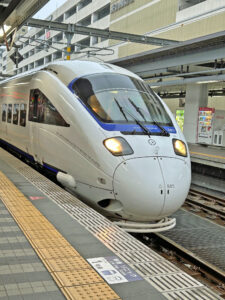
It started & ended on 13-hour non-stop flights with two weeks of travel sandwiched in between. We rode more trains and buses than I’ve been on in my entire life. Over 1800 miles including a 14-hour overnight ferry ride!
Yes, their mass transit systems are extremely efficient. People can get almost anywhere in Japan without a car. The thing is, you need to be a tech guru to translate, decipher schedules, and access them using automated vending machines while not slowing up the tidal wave of people moving through the stations. I failed on all three.
Judi and I met up with my daughter Kars, who’s studying Japanese at a university in Japan this year. She was in between semesters and got stuck being our tour director. If not for her, the trip would have been more like the movie, with us being lost in translation.
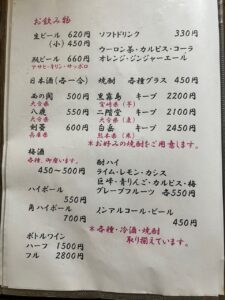
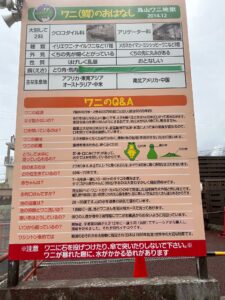
In most of Japan, people don’t speak English and signage is all in Japanese. Being a Boomer, I’m not as tech savvy as Gen Xers, and using the translating apps while dragging a suitcase through train stations that are 3 stories high with multiple trains going different directions and leaving every 3 minutes is a bit intimidating.
Imagine being swept up in a sea of people moving on and off trains, politely staying out of each other’s way. When doors open, people frantically head off to the next train or exit while you’re standing there staring at a map wondering what city you’re in.
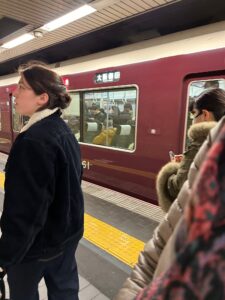

Like a drill instructor with new recruits, Kars managed to keep us on track. We marched from one train or bus to the next without complaint, tired but looking forward to the next meal.


The food was amazing. I happen to like sushi, grilled fish, noodle soup, chicken, and pork. If you’re vegan, have food allergies, or high maintenance, good luck ordering meals in Japan!
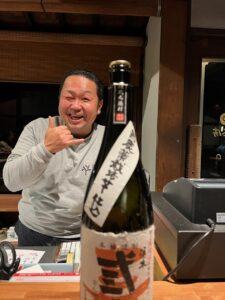

This isn’t Burger King, and you can’t have it your way. In most places, the servers don’t speak English. This is where the Google Translate app comes in handy.
I never saw anyone talk on their cell phone at any time during a bus or train ride. Never… The locals also don’t speak to each other, so the rides are strangely quiet as 90% of the riders are focused on their smart phones while the rest are sleeping (or pretending to) while sitting up. No pushing, fighting, yelling, or worries about someone stealing your stuff, either. It’s a very clean and safe country. No fears about drinking the water or being kidnapped by evil doers here.
But this blog is about car stuff, you say… Well, I did my best to scope out cars and take notes. Like, the cars are right-hand drive and people drive the opposite way we do. In Tokyo, most of the cars and bikes were electric and the traffic is a lot quieter. Cars stop for pedestrians where there is a crosswalk, and no one jay-walks or crosses at an intersection unless the green “Walk” sign is lit. Never, not even at night on a small side street with no cars to be seen or heard. Everyone waits for the green light and yet, there is potential danger lurking for pedestrians around every corner in the big cities of Japan.
The danger is bicycles. Bikes ride on the sidewalks and you’d think they don’t have brakes. Riders barrel along, dodging people and other bikes with no abandon. We’re not talking about road racing bikes. These are little old ladies, mothers with two kids in bike seats, people pedaling to work, etc. No one wears a bike helmet, either. It was like kindergarten Hells Angels on the sidewalks, especially at night. I was shocked not to see any serious accidents. We walked almost 100 miles during our trip so you can understand my anxiety about bikes coming around corners on sidewalks. It was scarier that driving I-5 on a holiday weekend in California, requiring a bottle of sake at the end of each day to calm my nerves.
They have a special Toyota model for taxis known as the “Comfort”. It had the body style of a 20-year-old Camry but with more headroom and trunk space. The driver would open and shut the left side passenger door from his seat. Apparently, you’re not supposed to shut the door when you exit a taxi but it’s a hard habit to break.
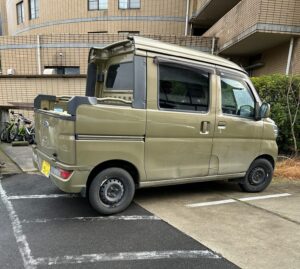
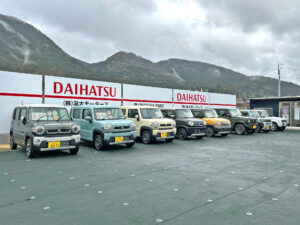
Cars and trucks are quite small in Japan. The big sellers are known as Kei cars . They’re typically boxy, have small engines (less than 660 cc), and are 2/3rd the size of a Toyota Camry. They cost less than US$10,000 and there’s an electric version for US13,000. Let’s see if Elon Musk can match that!
The driver sits right behind the windshield in the small vans, reminding me of the original VW bus. I wondered what would be more dangerous, riding a bike in Tokyo or driving one of those vans? Probably a toss-up.
I was always under the impression that American cars were sold in Japan. In fact, I made a comment to my girlfriend that there weren’t any American cars in Japan. She said, “No, there are some.” When I challenged her, she replied she had seen a Mustang. Yes, she was technically correct. Being a scientist means being exact…
In any case, out of a gazillion cars, the American cars were few and far between. I can say for sure I saw a total of four American cars on our trip. 2BukChuk had to know why? The only other American cars we saw were vintage, either parked as part of a store front advertisement or in the Retro Motor Museum in Yufuin.
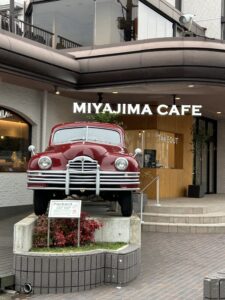
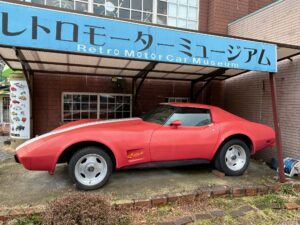
First, there are no tariffs on foreign cars. I saw Mini’s and German cars, like the BMW, Mercedes, Audi, and VW in every town. Probably belonged to the affluent part of society, imports being more prestigious and costly.
It’s not because US companies can’t sell there. They don’t even try because:
1. The Japan auto market is relatively small.
2. Costly government certifications are required.
3. Cars are built for right hand drive.
4. No network of Ford, GM, or Chrysler dealers in Japan.
5. Japanese cars come with free maintenance.
6. American cars are too large.
7. Perception that American cars aren’t reliable.
That’s it. Bottom line is there are no (almost no) American cars in Japan because we don’t design, market, and sell them there. I own a few shares of Ford stock so I hope that changes in the future.
Japan is a beautiful country full of contradictions. Very modern architecture along side historic relics. A somewhat closed society that at the same time welcomes visitors. They respect the past while living in a modern industrialized country.

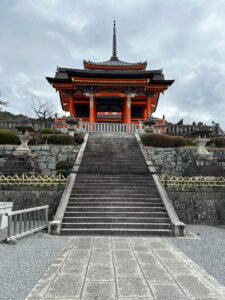
There is a lot more to share about this trip, but this isn’t the forum for it.
I left out the parts about sleeping on tatami mats, eating while seated on the floor, wearing kimonos, and the hot onsen baths. Seeing the Hiroshima Peace Memorial drives home a point – never let this happen again, and it deserves its own story.
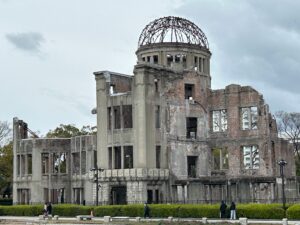

Travel abroad expands the mind and palate, but it also makes you appreciate the comfort of driving your own car and sleeping in your own bed. As Dorothy said in the Wizard of Oz, “there’s no place like home.”







